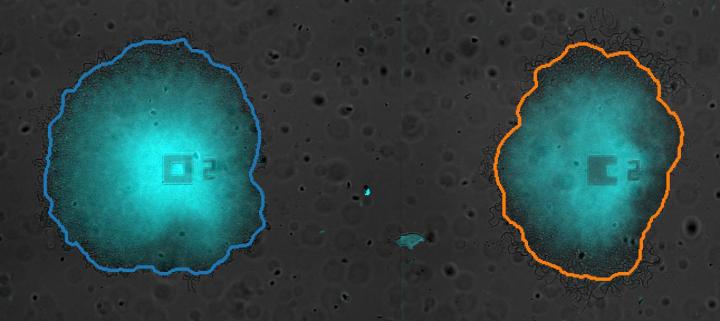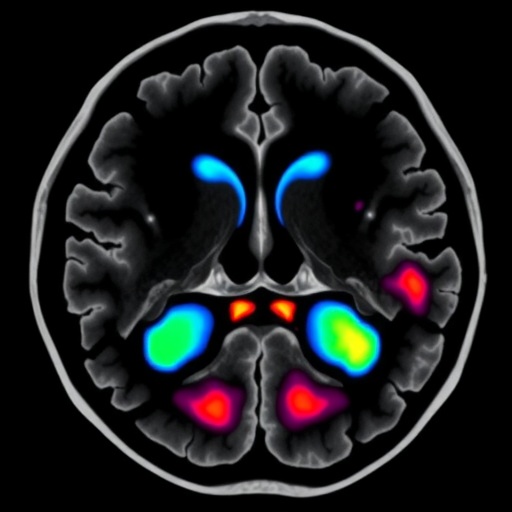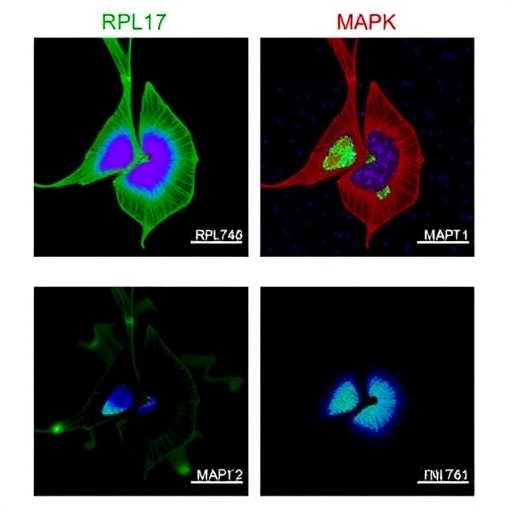
Credit: Jintao Liu, Suel lab, University of California, San Diego
While researchers have not known whether bacteria in separate populations can communicate to coordinate behavior, new research in adjacent biofilm communities shows they can — in this case, in order to optimize the sharing of limited nutrients. In this way, the researchers say, these bacteria employ the same strategy used in engineered systems to allocate limited resources. Within a single population, bacteria can communicate through various mechanisms, such as electrical cell-to-cell signaling, yet it has been unclear whether this communication can extend beyond a single community. Here, Jintao Liu and colleagues studied biofilm communities of Bacillus subtilis that exhibit unique oscillations, or signaling behaviors, in response to glutamate deprivation. The researchers set up a chamber with two biofilm communities living two millimeters apart. Over time, they found that the two communities' oscillations became synchronized, suggesting they were interacting. This increased competition for limited nutrients. The authors predicted that the films would resolve this conflict by switching oscillation rates, resulting in a "time-share" behavior in which each community took turns consuming nutrients. The team confirmed these results experimentally; when growing in lower glutamate concentrations, the two biofilms switched oscillation rates and exhibited a faster average growth rate than two biofilms growing at higher glutamate concentrations, where they didn't have to alter signaling behavior. These results highlight how communication and cooperation among bacterial communities can promote growth.
###
Media Contact
Science Press Package
[email protected]
202-326-6440
@AAAS
http://www.aaas.org
############
Story Source: Materials provided by Scienmag





